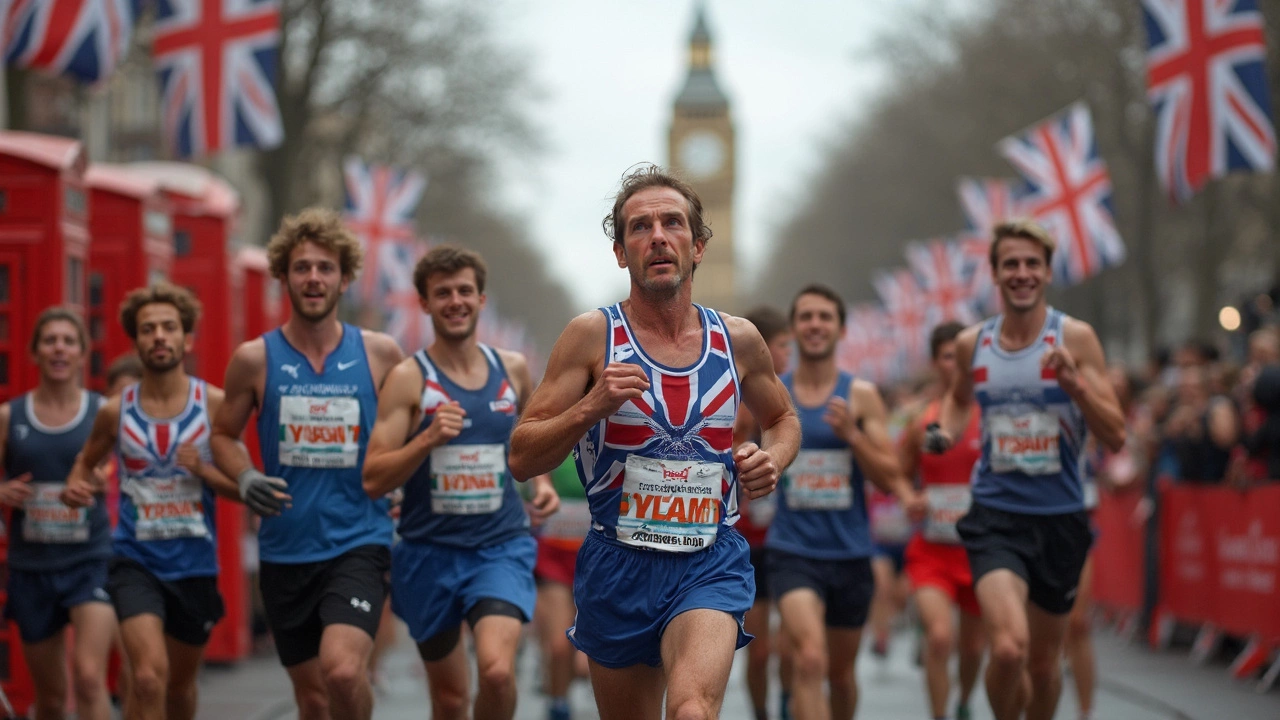Marathon: Everything You Need to Know
When you hear Marathon, a 42.195‑kilometre road race that pushes stamina and strategy. Also known as long‑distance run, it has become a benchmark for personal challenge, charity fundraising, and sport tourism.
The modern marathon traces its roots to a legendary Greek messenger who ran from the battlefield of Marathon to Athens. That story gave birth to the official distance we see today in city streets worldwide. Over the years, the event evolved from an elite test to a mass‑participation celebration, yet the core demand—sustained aerobic effort—remains unchanged.
To tackle that demand, Endurance Training, a structured program of long runs, tempo work, and recovery sessions is the backbone of any marathon plan. Building a solid base boosts your VO2 max, teaches your muscles to use fat efficiently, and reduces injury risk. Most runners start with a 12‑ to 16‑week schedule, gradually increasing weekly mileage by no more than 10 percent.
Running shoes play a surprisingly critical role. When you first shop, look for Running Shoes, lightweight, cushioned footwear designed to match your stride and foot shape. A good pair absorbs impact, promotes proper foot alignment, and can shave minutes off your finish time. Many runners stick with one model for 300‑500 miles before rotating to preserve cushioning.
Nutrition is the third pillar you can’t ignore. Race Nutrition, planned intake of carbs, electrolytes, and fluids during training and on race day fuels your muscles when glycogen stores run low. Aim for 30‑60 grams of carbs per hour, sip water or a sports drink every 15‑20 minutes, and test everything in training to avoid stomach surprises.
Beyond the physical, mental pacing decides whether you finish strong or hit the wall. Many runners use a negative split strategy—run the second half slightly faster than the first—to keep energy reserves intact. Visual cues, like landmarks or a playlist, help maintain focus, while breathing drills calm nerves before the start line.
Common pitfalls include skipping the long‑run, neglecting strength work, and ignoring rest days. A single skipped recovery day can snowball into soreness, which then compromises your next key workout. Incorporate simple core and hip‑strength exercises twice weekly; they improve running economy and protect knees and ankles.
The marathon community adds another layer of motivation. From local clubs to virtual challenges, sharing mileage, race reports, and charity goals creates accountability. Whether you’re raising funds for a cause or simply chasing a personal best, the collective spirit often turns a grueling 26.2 miles into a memorable experience.
Ready to see how all these pieces fit together? Below you’ll find articles that break down the history, training plans, gear reviews, nutrition guides, and race‑day tips you need to conquer your next Marathon with confidence.
Published on May 28
0 Comments
If you can run a half marathon, a full marathon might feel both tempting and intimidating. This article digs into what really changes between 13.1 and 26.2 miles, highlighting the physical and mental shifts you’ll face. Expect direct tips, honest challenges, and straight answers about whether your half marathon skills can carry you to the finish of a full marathon. We’ll bust common myths, show where runners stumble, and help you decide if that marathon goal is truly within reach. No fluff, just real talk from a guy who’s been there.
Published on May 13
0 Comments
Wondering how long it really takes to finish your first marathon? This article breaks down realistic marathon times, what affects your pace, and how to set a personal goal. Dive into common finish times for beginners, fun facts, training tips, and what race day feels like. Get all the info you need to show up prepared and confident for your first 26.2-mile run.

